The History of Paper
Technology might be taking over our lives, but as artists, paper remains an important invention that we frequently use. The humble sheet of paper is considered so important that the Chinese celebrate it as one of their ‘Four Great Inventions’. So, how was paper invented and what journey has it undertaken in order to become the reliable, everyday item that we rely on today?
The First Papyrus
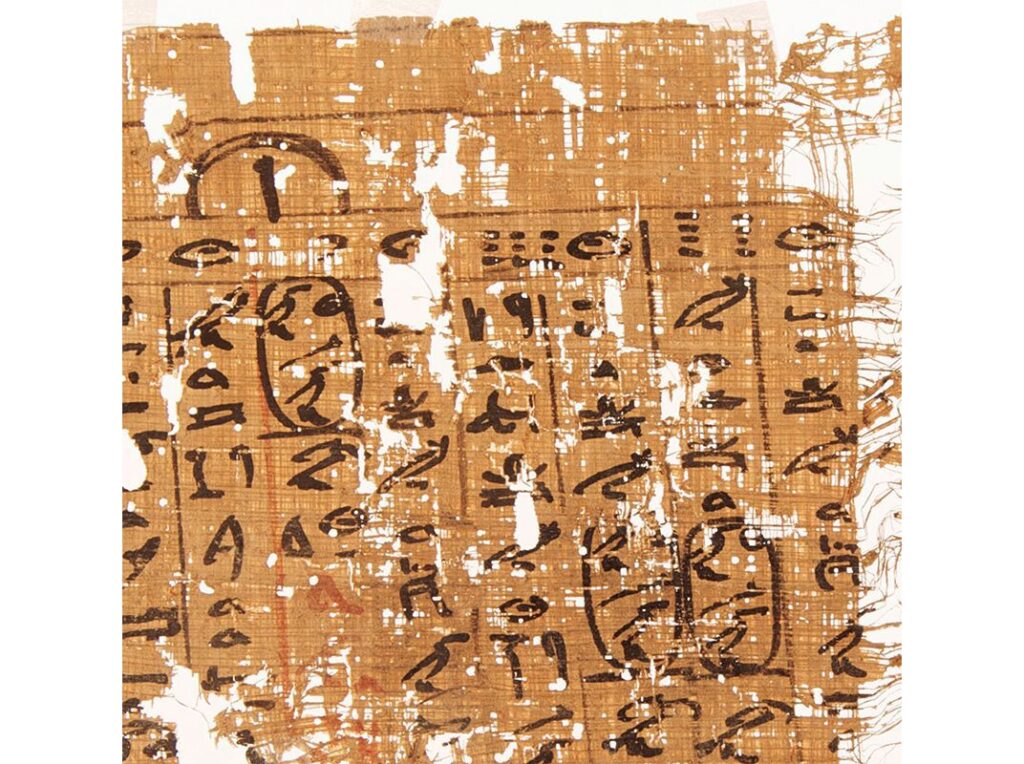
The very first documented use of anything resembling paper is thought to be sometime before 3100BC. It is actually placed in Egypt, at Wadi al Jarf during the First Dynasty, and it was used to record the last few years of building the Great Pyramid of Giza. Made from the pith of the papyrus plant, which was found wild around the River Nile, this material had already been adopted for many uses. To create a writing surface, the Egyptians would layer the plant fibers.
The Transition to Paper
Papyrus soon became widespread throughout the world, alongside other writing implements such as bamboo or silk. However, bamboo was heavy and expensive to transport, while silk was incredibly expensive to produce.
Sometime between 200BC and 101BC, the Chinese created their own paper which was used to wrap bronze mirrors. A court official named Cai Lun is recorded as inventing the first paper using the bark of the mulberry tree combined with hemp and shredded rags. The mixture was pulped with water, pressed and dried in the sun. The result was a cheap, practical material that was ideal for a number of practices, including toilet paper, tea bags and, during the Song dynasty, bank notes. It was not used as a writing medium until 300AD, after it had been introduced to Vietnam.
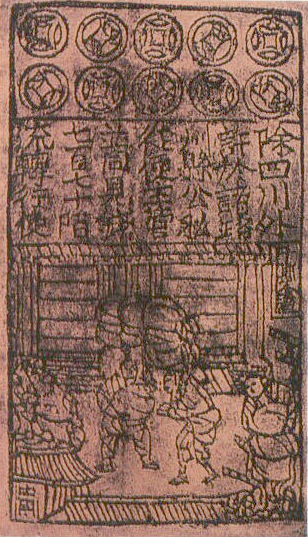
Around 350AD, it reached Korea, who took the basic creation and turned it into something whiter and glossier using seaweed, bamboo, rattan and rice straw. This invention was taken to Japan by a Korean monk in 610AD, where the material was strengthened and became known as Washi. This fabric is still used in printmaking worldwide.
The War for Papermaking Knowledge
China was keen to keep a monopoly on papermaking, guarding their production process fiercely and aiming to ensure the manufacture of paper stayed within the Orient. Then came the Battle of the Talas River. This was a war fought between the Chinese and Turkish who both wanted control over the famous Silk Road. The Chinese Tang dynasty ultimately lost, with the Turks taking many prisoners of war. They gave these prisoners their freedom in return for papermaking knowledge. Soon, this knowledge was passed throughout the Arabic world, with the Silk Road location of Samarkand becoming the base of a flourishing paper industry. It quickly began creating books with leather covers bound with silk.
Bringing Skills to Europe
Spain was the first European country to learn the technique of papermaking. The Spaniards learnt the ancient art during the Crusades around 1150AD. They made mills that were more efficient, using waterwheels to power manufacture. From there, the knowledge was spread throughout the continent, reaching France, Italy and then England, in 1490AD.
In 1492, the Arches papermill was created in France, providing paper for the very first printed books. This branded paper was preferred by many high-profile artists, including Pablo Picasso, Henri Matisse and Salvador Dali. This papermill is still running today and produces paper that is the first choice of modern watercolour artists.
Papermaking Across the Atlantic
Meanwhile, in Mexico, the Mayans had created a papermaking technique of their own. They used tree bark to create a material known as amate that they could write on. Around 1575, news of Europe’s industry reached Mexico and they adopted this newer way of working. The creation of paper then spread throughout the Americas.
In the 1600s, the first newspapers were created throughout the world, leading to a shortage of paper-making rags. This meant an increase in the cost of production and, eventually, some countries passed laws forbidding the export of rags. Shortages continued until, in the 1800s, countries started to look at alternative papermaking methods. In Germany, the task was given to Frederich Gottlob Keller, while in Canada, Charles Fenerty was the man for the job. By 1844, they had created a machine that made paper out of wood. Fenerty had also discovered how to bleach this paper so that it was white.
This process became the most popular way of making paper by the end of the 19th century. The first newspaper made using coniferous trees was released in 1863 and this is the exact same process used to make newspapers today.
Other Advances in Creating Paper
In the meantime, other countries were looking at ways to make the papermaking process more efficient. James Whatman, in the UK, had developed a process that wove the paper fibres together, making for a smoother surface than the previous technique of laying the fibres on top of each other. This paper was then finished with gelatine, making for a strong and absorbent sheet that was particularly enjoyed by artists such as JMW Turner, William Blake and Thomas Gainsborough. This paper was durable enough to resist tearing under the pressure of watercolour painting. JMW Turner is actually the creator of the most expensive work of art on this form of paper, The Blue Rigi: Lake of Lucerne, Sunrise, which sold for £5.8million.
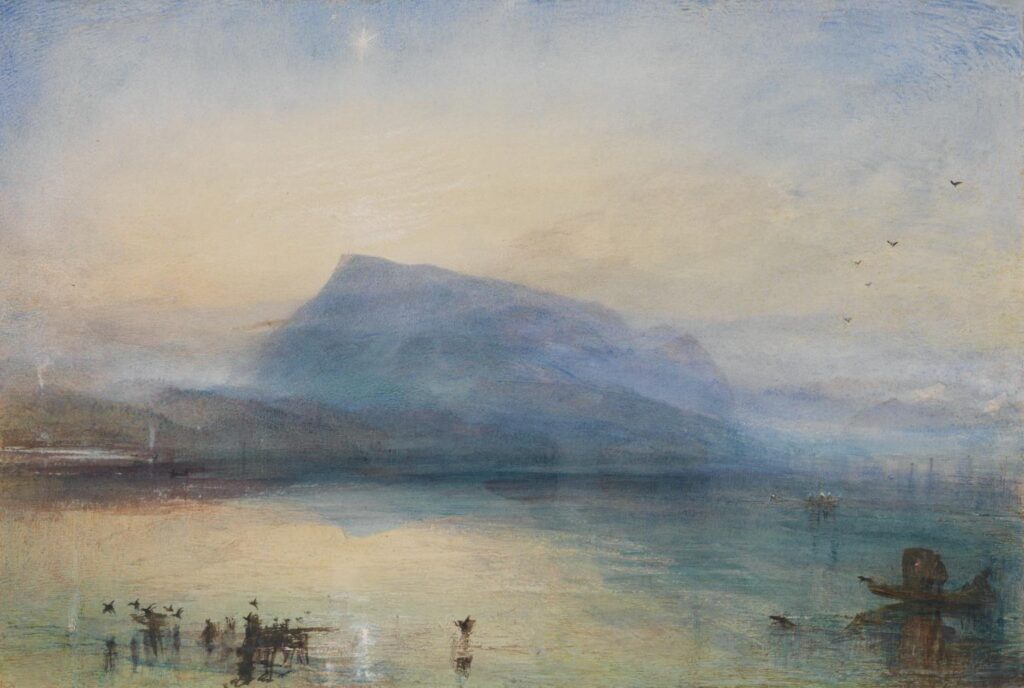
In France, Nicolas Louie Robert drew up the plans for a machine that could create continuous sheets of paper. He ended up passing the blueprints to his brother-in-law who created the Fourdrinier in 1806. This machine is still used by papermills today.
Perfecting the Art
Before the 1950s, the acid in groundwood paper often meant that it deteriorated in the sun over time. Documents that were considered to be of extreme importance were copied onto premium rag paper, but it did mean that some historical information was lost forever. The papermaking technique was adapted to be acid-free, in order to ensure it lasted the test of time. However, most newspapers and paperback books are still made with the original wood pulp paper.
In the UK today, the papermaking industry is responsible for employing almost 60,000 people in 1,500 companies. It contributes £3.5billion to the country’s economy, making it as important now as it has ever been. It seems there is a lot more behind your sketchbook than you might have originally realised!
Sources:
- https://www.smithsonianmag.com/history/ancient-egypt-shipping-mining-farming-economy-pyramids-180956619/
- https://interestingengineering.com/the-long-and-complex-history-of-paper
- https://en.wikipedia.org/wiki/Four_Great_Inventions#Papermaking
- https://en.wikipedia.org/wiki/Arches_paper.
- https://www.statista.com/topics/6371/paper-industry-uk/.
- https://www.tate.org.uk/art/artworks/turner-the-blue-rigi-sunrise-t12336



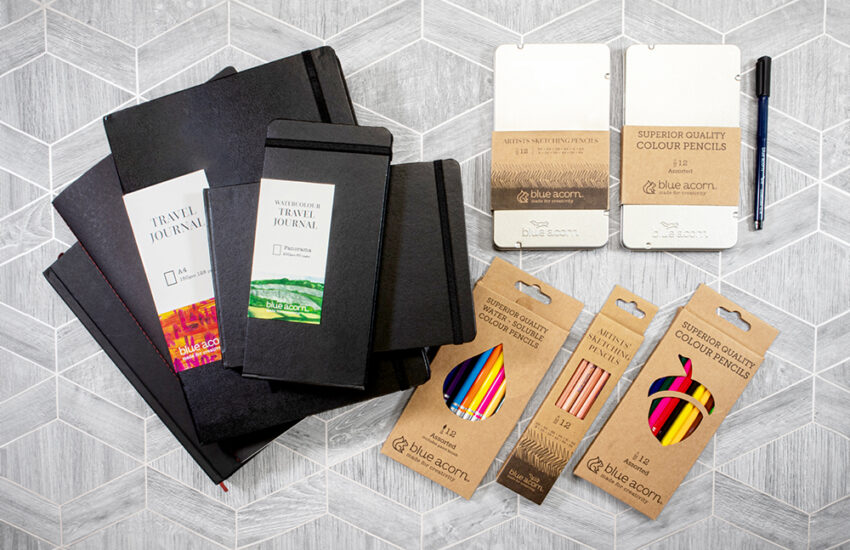
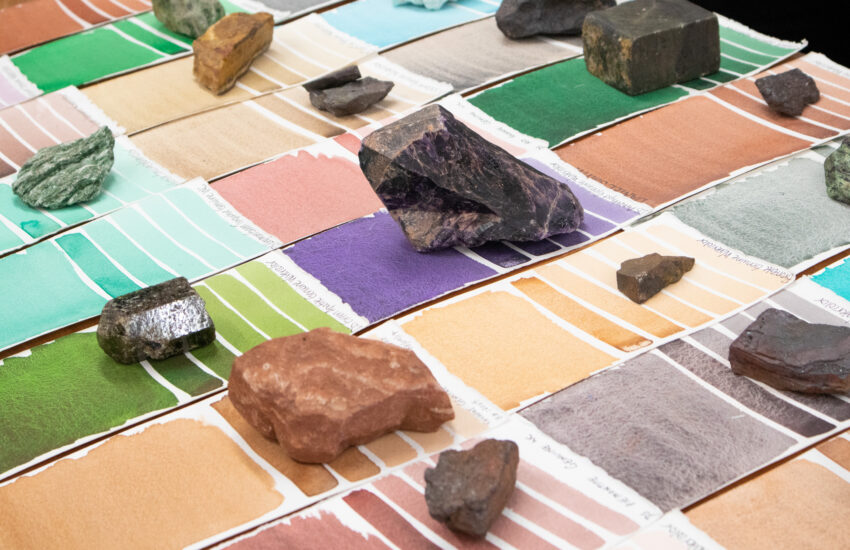
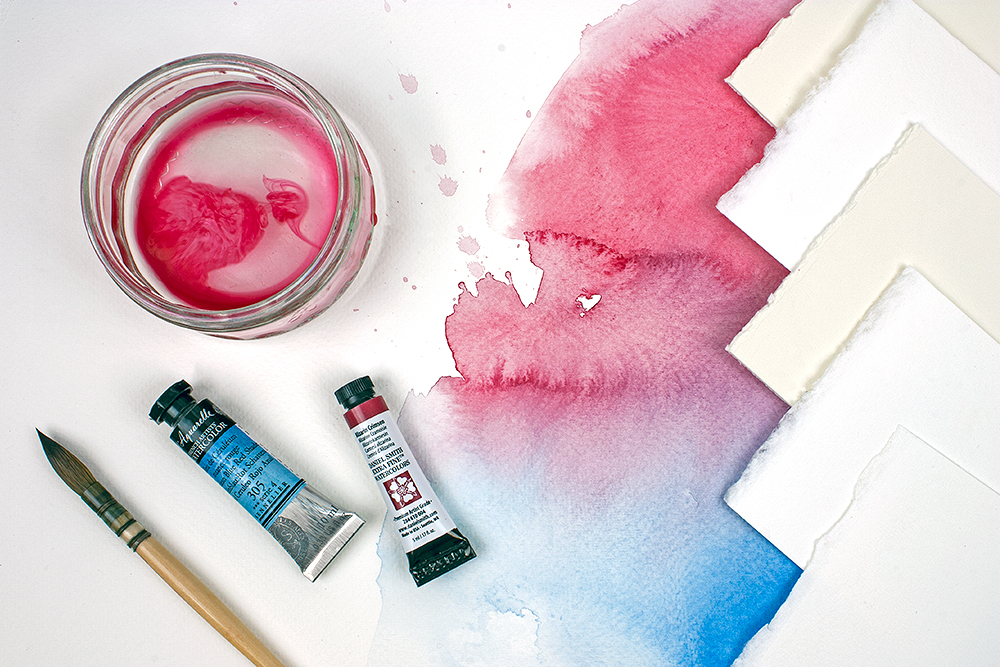


Hi Gareth,
Really liked your article. I printed it to share with my art class. Thankyou for making it concise with some wonderful snippet of history.